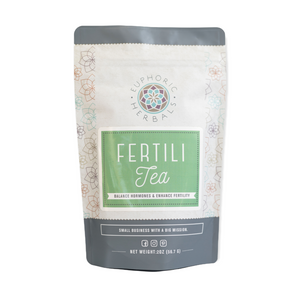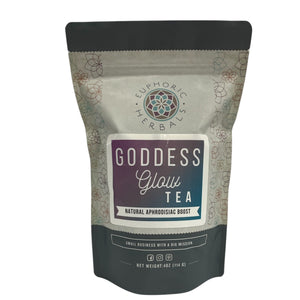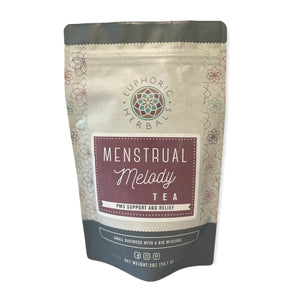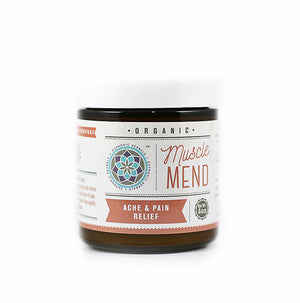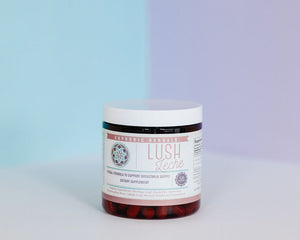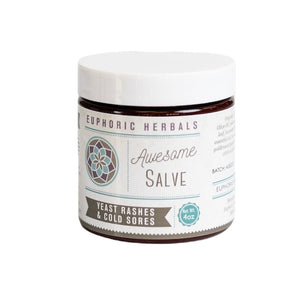Herb-infused oils may bring to mind a delicious culinary preparation that can be used for bread dipping, salad dressing, etc., but they can also be a fantastic skincare preparation depending on which herbs you use.
There are many excellent herbs for skincare that can be used in multiple ways. When infused into oil, the properties of the herbs that you use combine with the moisturizing, protective properties of the oil to make a highly effective product.
And best of all, herb-infused oils are incredibly simple to make using the traditional solar method or quicker, more modern methods.
Herbs & Skincare: Why an Oil Infusion?
You may already know this, but there are many herbs that have beneficial properties for your skin.
Some are soothing for irritation and multiple types of skin issues (like lavender or calendula), while others have antimicrobial properties that may help to protect a minor wound (like rosemary or goldenseal). Still others can help to relieve itchy skin, ease a sunburn, make a bruise go away, and so on.
Of course, the question is: How can you get these beneficial properties from the herbs to your skin?
In some cases, the herbs can be infused into water and used as a wash or made into an herbal bath tea. They can even be used as a diluted tincture or taken internally for skin issues.
However, more often than not, making use of plant-based oils is the best way to translate herbs to skincare.
Through the infusion process, many of the skin-boosting properties of herbs are extracted into the oil. These properties can then be applied to the skin through a medium that is gentle, moisturizing, protective, and generally long-lasting.
Tips for Making Herb-Infused Oils

Before you get going on a specific recipe, here are a few tips to keep in mind:
- Good quality dried herbs are typically the best choice for an oil infusion, particularly if this is your first time making one. Fresh herbs can be used as well, but they contain extra moisture that may spoil the oil and need to be wilted first. Only a few herbs- St. John's wort, mullein, and chickweed- are better to infuse fresh than dried. For most others, the dried form is preferred.
- Always use sterilized glass jars and clean instruments throughout the whole oil infusion process. Also, be sure everything is completely dry as even a drop of water may cause spoilage.
- Clear glass jars are typically used while the herbs are infusing, but dark amber or colored glass bottles are best for storing the finished product. The tint will help to keep light out, which can make oils less potent or cause them to go rancid.
- If this is your first go at an oil infusion, start with a single herb. Once you get some practice, you can experiment with using several herbs in combination to make an infused oil.
- Some of the best herbs for an infused oil include lavender, calendula, rosemary, plantain, chickweed, comfrey, chamomile, arnica, and yarrow.
- Olive oil is the preferred choice for a stable, medicinal oil infusion because it resists oxidation and rancidity. However, if you don't mind a shorter shelf life, you can also use oils like grapeseed, sweet almond, apricot, etc.
Method #1- Solar Infused Herbal Oil
This could be considered the traditional method for making an herb-infused oil. It takes time (several weeks) but remains one of the best ways to infuse herbs into oil.
Ingredients/Supplies:
- Dried herb(s) of choice
- Olive oil or another quality oil
- Clean glass jar with a lid
- Muslin or cheese cloth
- Glass storage container
Instructions:
- Fill the jar one-half to two-thirds of the way full with your dried herbs. Pour the oil over top until the herbs are completely covered by an inch or two.
- Cover the jar tightly and place it in a warm, sunny spot for 2-4 weeks. The longer you let it infuse, the stronger the oil will be at the end.
- Once or twice a week shake or swirl the jar to make sure the herbs are fully incorporated into the oil.
- When the oil is fully infused, strain out the herbs by pouring the oil through a few layers of cheesecloth or muslin and squeezing to get all the oil out. For a completely clear oil, strain a second time using a coffee filter.
- Bottle and store your herb-infused oil somewhere cool and dark until you are ready to use it.
Method #2- Double Boiler Infusion

If you don't want to wait several weeks for your oil to be ready, you can speed up the process by using a double boiler.
The double boiler helps to heat the herbs and oil without overheating them and causing rancidity (or burnt oil). You can use a saucepan if you don't have a double boiler, but you'll need to be extremely careful of the temperature.
Ingredients/Supplies:
- Dried herb(s) of choice
- Olive oil or another quality oil
- Double boiler (or saucepan)
- Muslin or cheese cloth
- Glass storage container
Instructions:
- Place your herbs in the top part of a double boiler and cover with an inch or two of oil. If using a saucepan, combine the herbs and oil in the pan.
- Heat the oil gently until it reaches a slow, very low simmer. It should stay at a temperature of 95-110°F and never go over 140°F. Do not let it boil.
- Let it go at the same temperature for at least 30-60 minutes (some herbalists will heat for a few hours). Check frequently to make sure the oil isn't getting too hot and stir occasionally. The oil is fully infused when it has turned a rich green or golden color (depending on the herbs used) and smells strongly of herbs.
- When the oil is fully infused, strain out the herbs by pouring the oil through a few layers of cheesecloth or muslin and squeezing to get all the oil out. For a completely clear oil, strain a second time using a coffee filter.
- Bottle and store your herb-infused oil somewhere cool and dark until you are ready to use it.
Method #3- Crockpot or Stovetop Infusion

This method falls between the other two. It isn't as quick as the double boiler method, but it still takes less than a day to complete and uses a lower amount of heat.
Note: You may need a crockpot with a "warm" setting for this method because the "low" setting is still too hot on certain crockpots. A saucepan filled with water works as well.
Ingredients/Supplies:
- Dried herb(s) of choice
- Olive oil or another quality oil
- Clean glass jar with a lid
- Crockpot or saucepan
- Muslin or cheese cloth
- Glass storage container
Instructions:
- Follow the directions for combining oil and herbs in a clean glass jar in the "Solar Infused Herbal Oil" section. Be sure to seal the jar tightly with a proper lid to keep water from getting in.
- Place the jar with herbs and oil into a crockpot or saucepan filled about one-quarter full with water. Stack a few jar lids or another heat-proof item under the jar so it doesn't touch the bottom of the pan/crockpot. The water should come partway up the sides of the jar but should not touch the lid.
- Turn the crockpot or pan onto low or warm and allow the water to simmer around the jar for 4-8 hours. Make sure it doesn't splash up to the lid of the jar, since you don't want any water in the oil. Add more water as necessary to keep it at the right level.
- Let the water and oil cool before straining through a few layers of cheesecloth or muslin, squeezing to get all the oil out. For a completely clear oil, strain a second time using a coffee filter.
- Bottle and store your herb-infused oil somewhere cool and dark until you are ready to use it.
What Now? Using Your Herb-Infused Oil
Once your herb-infused oil is completed, there are many ways to use it.
If you normally use some type of oil in your skincare routine, you can replace it with an herb-infused version for even more beauty and skincare benefits.
Or you can use herb-infused oils as one of the base ingredients for other herbal preparations.
For example, the oil can be combined with salt or sugar to make a body scrub or combined with essential oils to make a massage oil. Herb-infused oils also make a great base for soap, lip balm, lotion, and salves.
In fact, if your herbal oil has been a success, you may want to make your next project one about learning how to make a basic herbal salve- the natural next step after creating an infused oil!
Disclaimer: This post is for informational purposes only. It does not constitute medical advice and should not be substituted for medical advice. Please consult your health care provider, herbalist, midwife, or naturopathic physician before taking herbs, supplements, etc. Here's the link to our full disclaimer.






















































